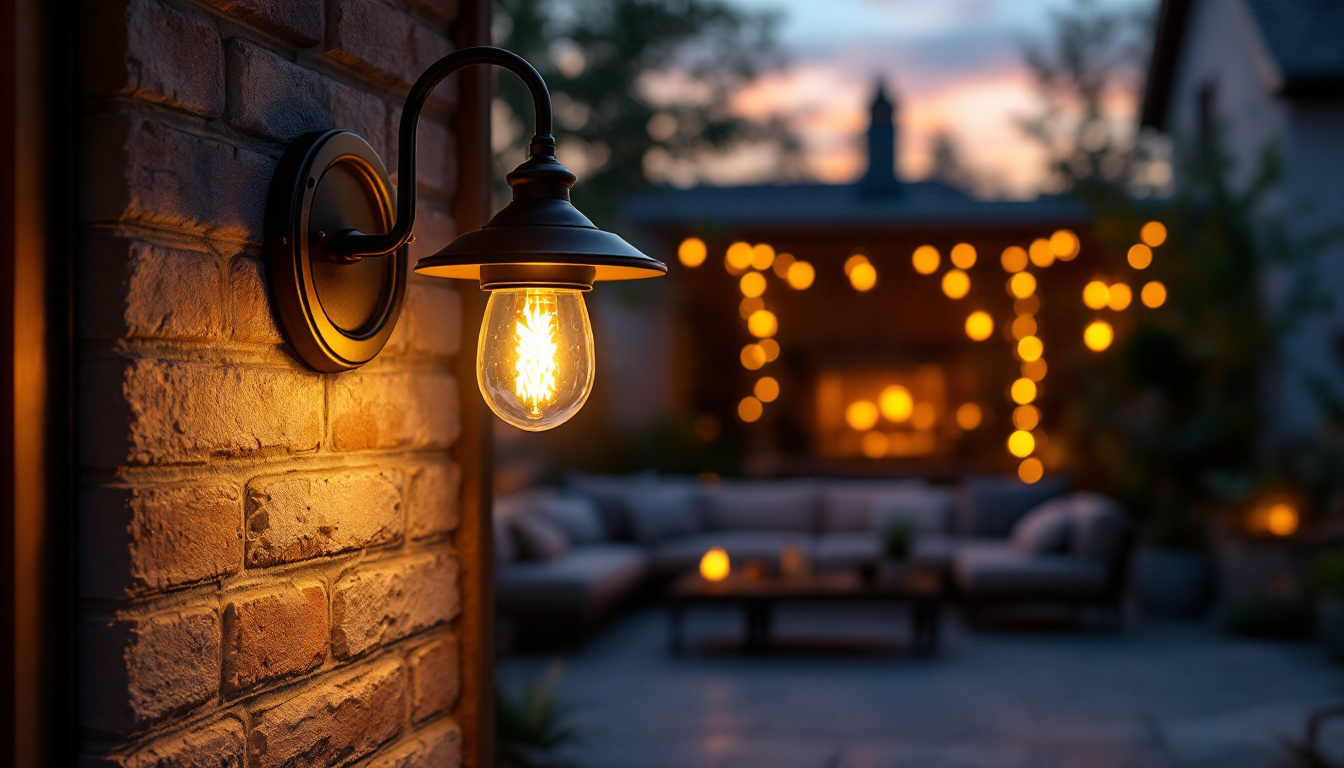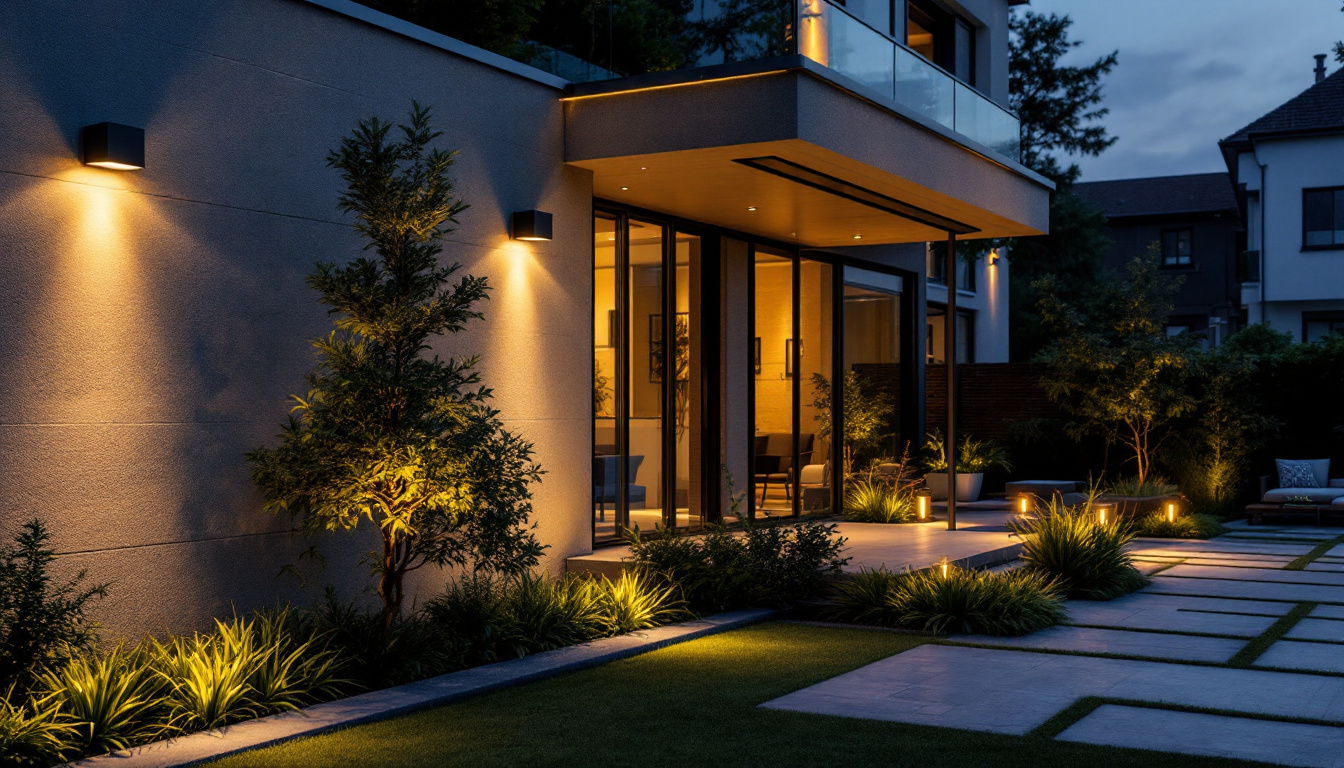
When it comes to outdoor lighting, the right fixtures can enhance the aesthetics of a property while providing safety and security. For lighting contractors, understanding the nuances of outdoor lighting installation is crucial. This checklist serves as a comprehensive guide to ensure that every aspect of the job is covered, from planning to execution.
Before selecting light fixtures, it is essential to assess the specific needs of the outdoor space. Different areas may require different types of lighting, and understanding these needs will guide the selection process.
Begin by evaluating the outdoor space where the fixtures will be installed. Consider the size, layout, and purpose of the area. For instance, a patio may require ambient lighting for relaxation, while a pathway needs illumination for safety. Take note of any existing structures, landscaping, and potential obstacles that could impact lighting placement. Additionally, consider the natural light available in the area throughout the day; this will influence how much artificial lighting is necessary. For example, a densely shaded garden may require more powerful fixtures to ensure visibility during the evening hours, while a sunlit terrace might only need subtle lighting to create a cozy atmosphere.
Establish clear objectives for the lighting project. Are you aiming to enhance security, create ambiance, or highlight architectural features? Understanding the primary goals will help in selecting the appropriate fixtures and lighting techniques. For example, motion-sensor lights may be ideal for security purposes, while decorative sconces can add a touch of elegance to an outdoor dining area. Moreover, consider the seasonal changes and how they affect your lighting needs. For instance, during the winter months, when days are shorter, you may want to invest in brighter lights that can illuminate your space effectively. On the other hand, in the summer, softer, warmer lights can create a welcoming environment for outdoor gatherings. By aligning your lighting goals with the seasonal dynamics, you can ensure that your outdoor space remains functional and inviting year-round.
Once the needs and goals are identified, the next step is to select the right fixtures. The market offers a wide range of options, each with its own advantages and disadvantages.
Familiarize yourself with various types of outdoor light fixtures. Common options include wall-mounted sconces, post lights, floodlights, and string lights. Each type serves a different purpose and can dramatically alter the atmosphere of the space. For instance, wall-mounted fixtures are excellent for providing ambient light, while floodlights are ideal for illuminating larger areas. Additionally, decorative options like lanterns or solar-powered lights can add a charming touch to pathways or garden beds, enhancing the aesthetic appeal of your outdoor environment. When choosing fixtures, consider how they will complement the overall design of your home and landscape, as well as their functionality during different times of the day.
Outdoor fixtures must withstand various weather conditions, so choosing durable materials is essential. Look for fixtures made from corrosion-resistant metals, high-quality plastics, or glass that can endure UV exposure. Additionally, consider the fixture’s IP rating, which indicates its resistance to dust and moisture. A higher IP rating is preferable for areas exposed to the elements. Beyond just material, think about the finish of the fixtures; powder-coated options can provide extra protection against rust and fading, ensuring that your lighting remains vibrant and effective for years to come. Furthermore, regular maintenance, such as cleaning and checking for wear and tear, can prolong the life of your outdoor lighting, making it a worthwhile investment in your home’s exterior ambiance.
With the fixtures selected, the next step is to plan the layout. A well-thought-out design can significantly enhance the effectiveness of outdoor lighting.
Draft a lighting plan that outlines the placement of each fixture. Consider the height and angle of the lights to minimize shadows and ensure even illumination. A good rule of thumb is to space fixtures evenly, typically around 10 to 15 feet apart, depending on the fixture type and brightness. Additionally, think about layering the light to create depth and interest—combine ambient, task, and accent lighting for a well-rounded approach.
Before finalizing the installation, it can be beneficial to test the proposed layout. Temporarily set up the fixtures and observe how they illuminate the space during the evening. This trial run allows for adjustments to be made before permanent installation, ensuring that the final result meets the desired aesthetic and functional goals.
With the layout planned and tested, it’s time to proceed with the installation. Proper installation is key to ensuring the longevity and effectiveness of the outdoor lighting system.
Before starting the installation, ensure that all necessary tools and materials are on hand. Common tools include a drill, wire cutters, a voltage tester, and a level. Additionally, gather any mounting hardware and electrical supplies needed for the job. Having everything ready will streamline the installation process and minimize delays.
Safety should always be a top priority during installation. Ensure that power to the area is turned off before beginning work. Use appropriate personal protective equipment, such as gloves and safety glasses, to prevent injuries. Furthermore, adhere to local electrical codes and regulations to ensure compliance and safety.
Wiring outdoor lights can be complex, and it’s crucial to understand the proper techniques to ensure safe and effective connections.
Familiarize yourself with the electrical requirements for the fixtures being installed. Check the voltage and wattage specifications, as exceeding these limits can lead to malfunctions or safety hazards. Additionally, consider the use of transformers for low-voltage lighting systems, which can provide flexibility and safety in outdoor applications.
When connecting wires, ensure that all connections are secure and insulated. Use weatherproof connectors to protect against moisture and corrosion. It’s advisable to use wire nuts or electrical tape to secure connections, ensuring they are tightly bound and insulated. Double-check all connections before restoring power to the system.
After installation, it is critical to test the entire lighting system to ensure everything functions as intended. This step can help identify any issues that need to be addressed before the project is considered complete.
Restore power to the system and check each fixture individually. Ensure that they illuminate correctly and that there are no flickering lights or dead bulbs. If any issues arise, troubleshoot the connections or replace faulty components as necessary.
Once all fixtures are operational, take the time to adjust their angles and brightness. This fine-tuning can make a significant difference in the overall effect of the lighting. For instance, adjusting the angle of a spotlight can highlight specific features of the landscape, while dimming certain fixtures can create a softer ambiance for relaxation areas.
Outdoor fixtures are exposed to the elements and can accumulate dirt, dust, and debris over time. Regular cleaning helps maintain their appearance and functionality. Use a soft cloth and mild soap solution to clean the fixtures, avoiding harsh chemicals that could damage the materials. Pay special attention to lenses and bulbs, as a clean surface allows for optimal light output.
Conduct seasonal inspections to identify any potential issues before they become significant problems. Check for signs of wear, such as frayed wires, rusted components, or damaged fixtures. Addressing these issues early can save time and money in the long run.
As energy costs continue to rise, many contractors are looking for ways to incorporate energy-efficient solutions into their outdoor lighting designs. Understanding the options available can lead to significant savings for clients.
LED lights have become increasingly popular for outdoor applications due to their energy efficiency and long lifespan. They consume significantly less energy than traditional incandescent bulbs and can last up to 25 times longer. When selecting fixtures, consider those that are compatible with LED technology to provide clients with a sustainable lighting solution.
Incorporating smart lighting systems can also enhance energy efficiency. These systems allow for remote control and automation, enabling users to schedule lighting based on their needs. Motion sensors and timers can further reduce energy consumption by ensuring lights are only on when necessary. Educating clients about these options can position contractors as forward-thinking professionals in the industry.
Outdoor lighting is an essential aspect of enhancing both the beauty and safety of a property. For lighting contractors, following a comprehensive checklist can streamline the process and ensure that every project meets the highest standards. From understanding the specific needs of the space to selecting the right fixtures and ensuring proper installation, every step plays a crucial role in the success of outdoor lighting projects.
By staying informed about the latest trends and technologies in outdoor lighting, contractors can provide clients with innovative solutions that not only meet their needs but also exceed their expectations. Whether it’s through energy-efficient options or smart technology, the future of outdoor lighting is bright, and contractors are at the forefront of this evolution.
Ready to elevate your outdoor lighting projects with the finest fixtures on the market? Look no further than LumenWholesale. Our commitment to quality and affordability ensures that you have access to spec-grade lighting products at wholesale prices that simply can’t be beaten. Say goodbye to middleman markups and hello to a vast selection of industry-standard lighting solutions. Plus, with free shipping on bulk orders, you can stock up on premium lighting without worrying about extra costs. Make your next project shine and experience the LumenWholesale difference today. Wholesale Lighting at the Best Value.

Discover essential insights into canned light replacement with our comprehensive guide tailored for lighting contractors.

Discover the transformative power of light box exteriors with insider tips from top lighting contractors.

Discover why 2Ft LED lights are revolutionizing the lighting industry and becoming essential tools for contractors.

Explore the transformative role of light offices in the lighting industry, highlighting their impact on productivity, sustainability, and design innovation.